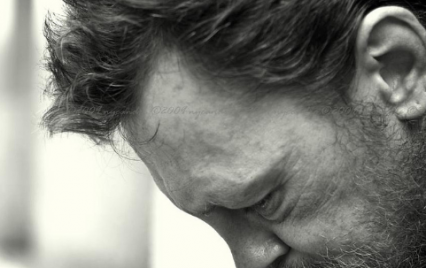Welcome to Spark My Muse!
Welcome to SOUL SCHOOL.
These brief “lessons” are released each Wednesday
(on “Hump Day” aka Midweek).
• Come back FRIDAYS for intriguing guest conversations!
HOW FUNDING WORKS:
Spark My Muse costs hundreds of dollars out-of-pocket each month to create, produce, and host online.
• Without help from you, it will go bye bye.
Thank you for ANY amount, even $5 or $10, you can give today.
(share an audio clip using the Clammr icon below)
Podcast: Play in new window | Download (Duration: 9:52 — 13.6MB) | Embed
Subscribe to Spark My Muse Apple Podcasts | Spotify | Email | TuneIn | RSS | Subscribe to Spark My Muse
SHOW NOTES:
It’s intriguing to think that emotions, like fear, could be epigenetically started in one generation and carried and expressed in offspring. That’s what a recent study in lab mice revealed. What could it mean in terms of “Ancient Memory” or certain predisposed fears; and can fears (in RNA receptors) that have been switched on, be switched back off? Today, I discuss this story and share both a reflection and a challenge.
Here’s the article in Scientific America that I refer to in the episode.
Here is the research study paper about the study itself.
Thank you for listening!
I invite you to hear other recent episodes.
Pick an option below:









